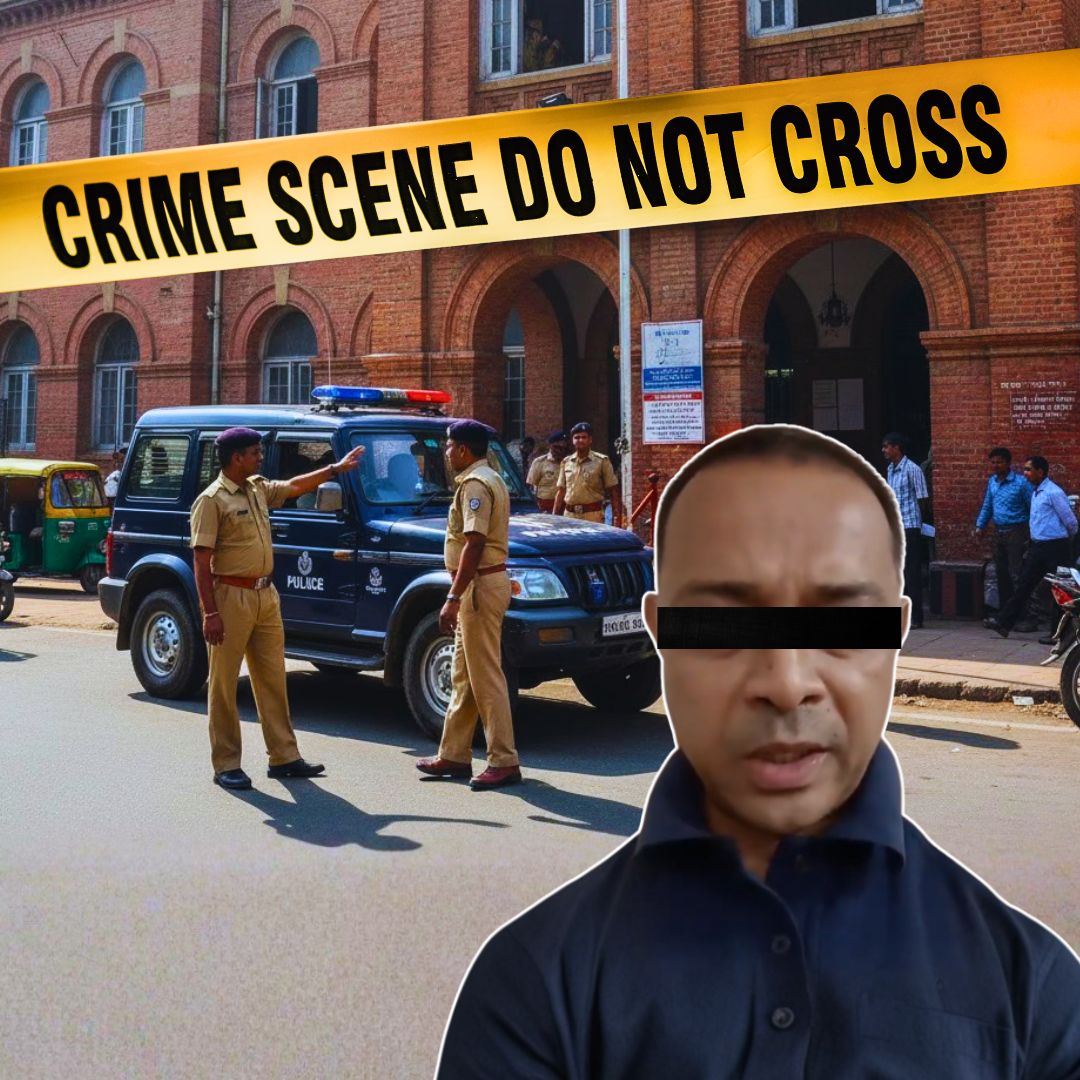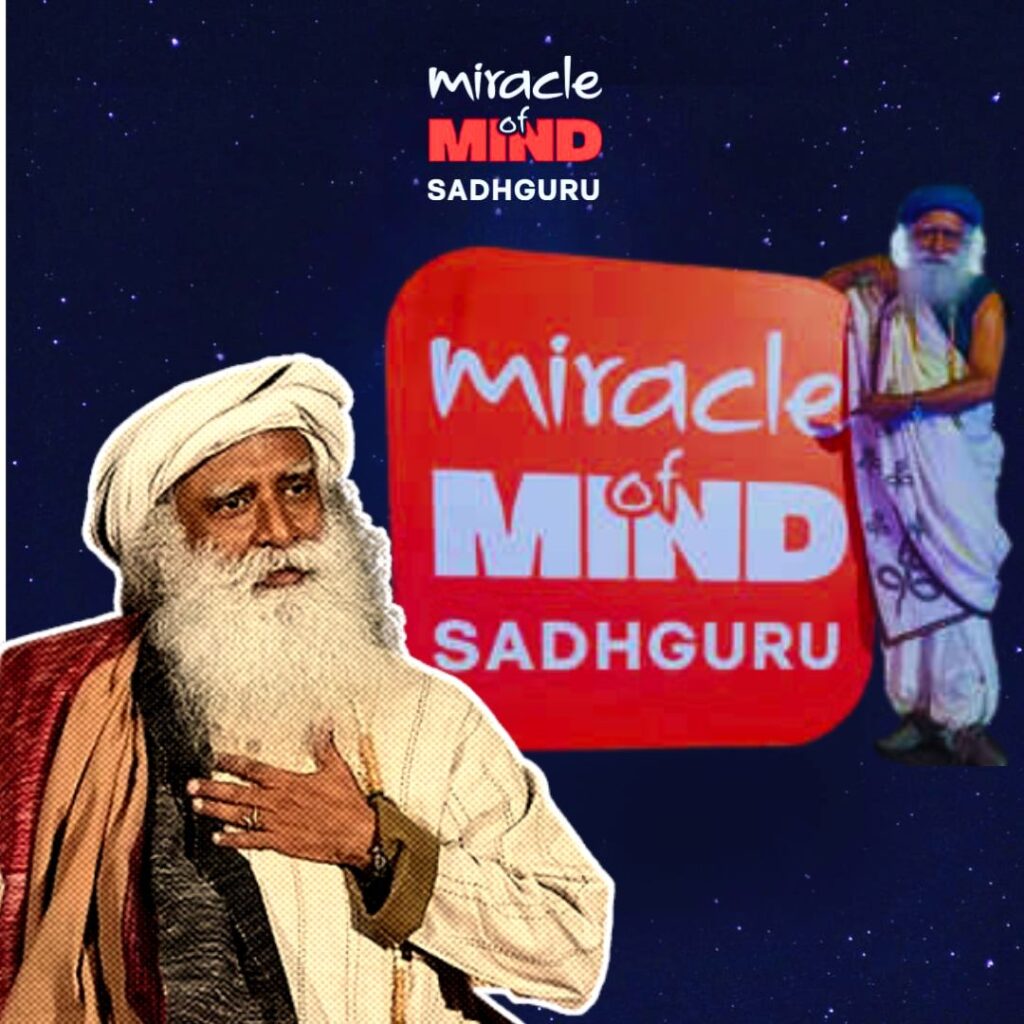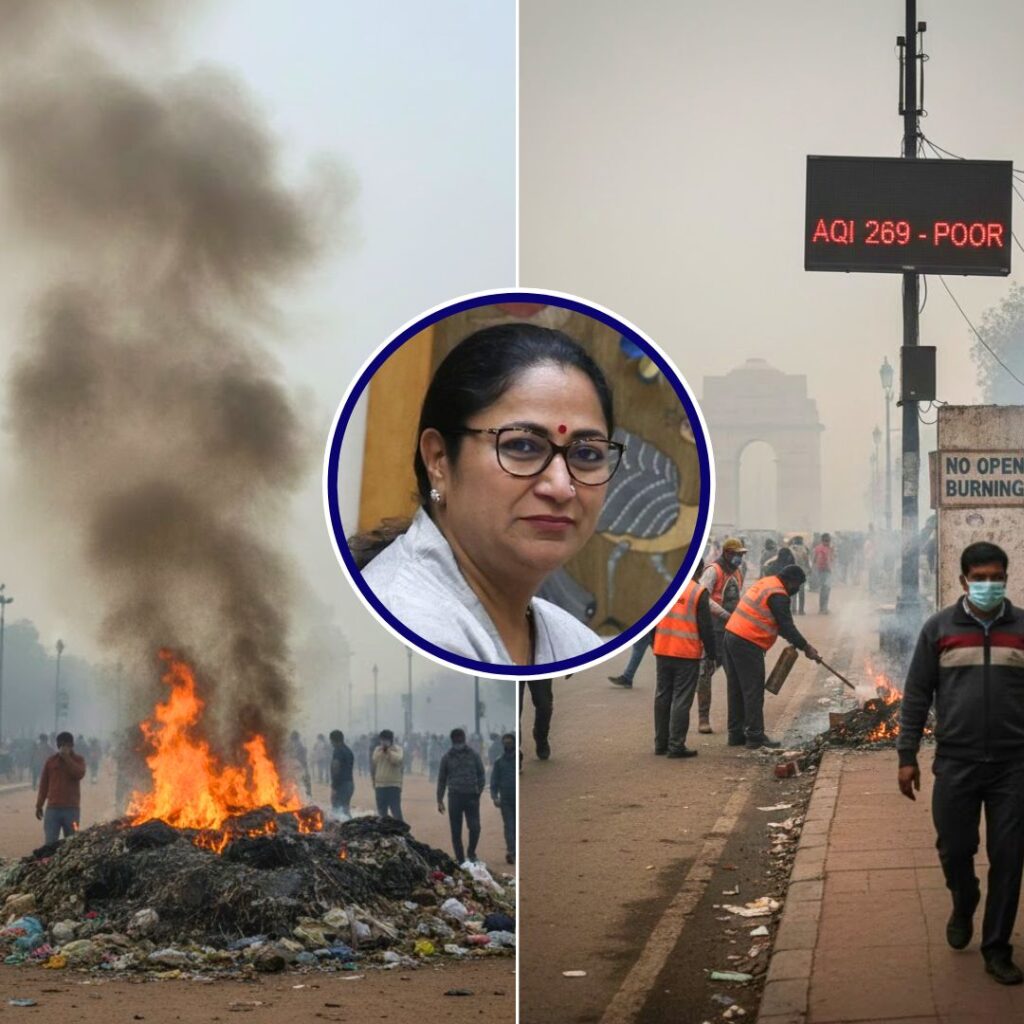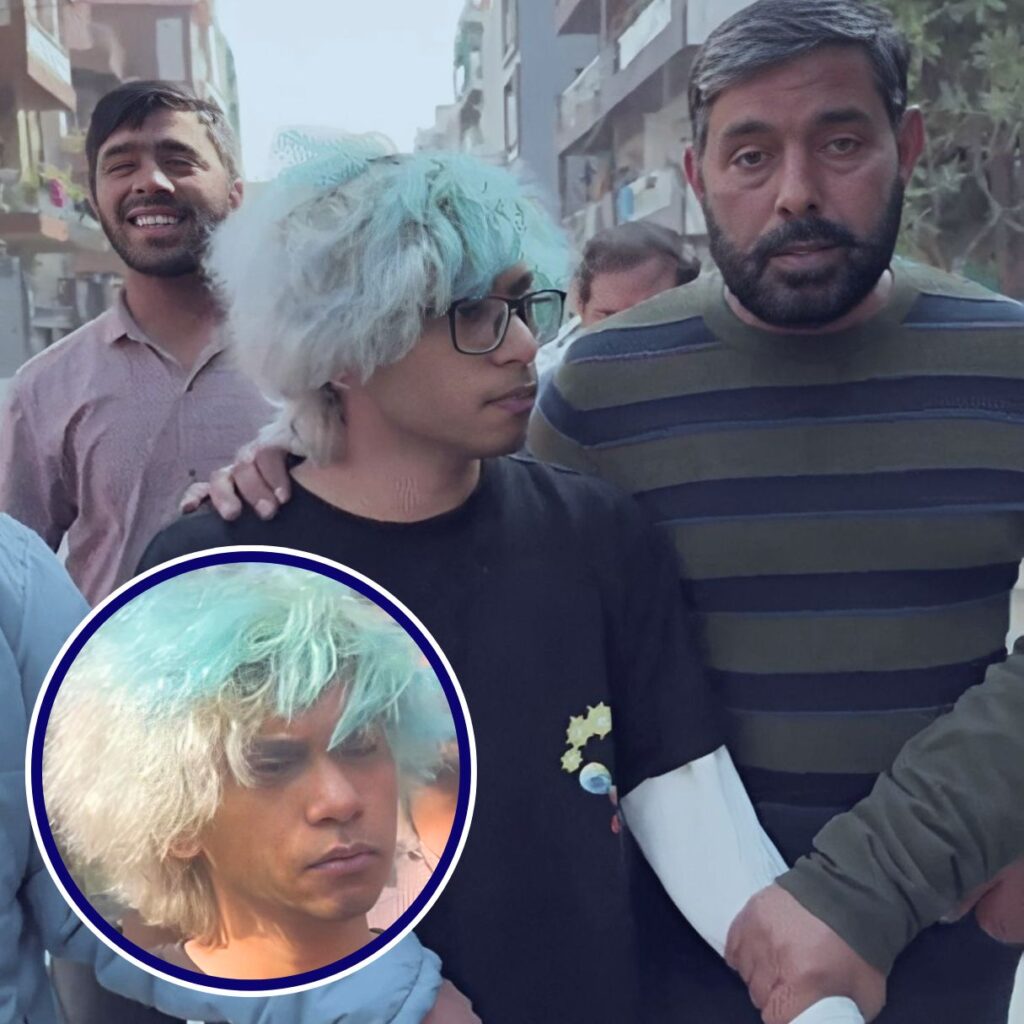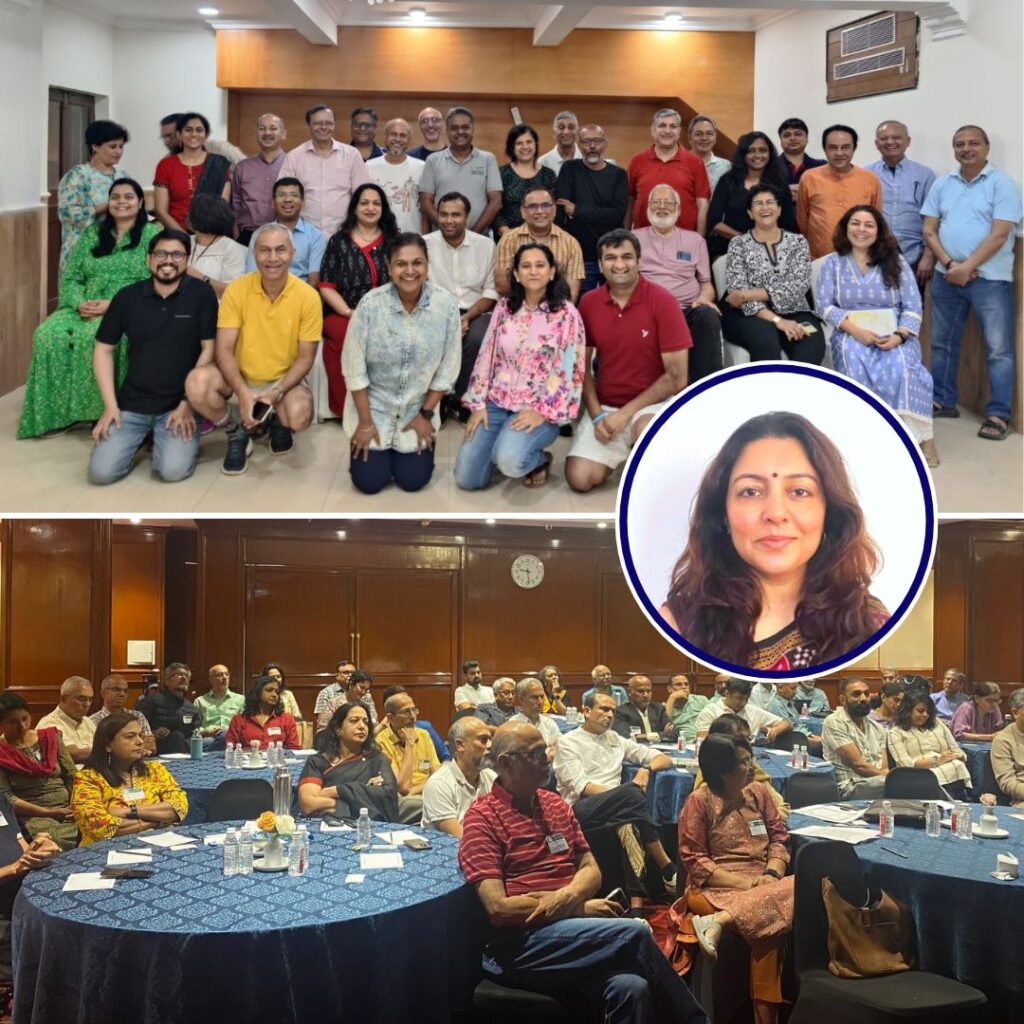On October 29, 2025, Rohit Arya, a 50-year-old filmmaker, held 17 hostages-16 children aged 10 to 15 and one adult-inside RA Studio in Mumbai’s Powai area. The children had been called for what Arya described as an audition for a web series over three days. After locking the doors and taking them hostage, Arya live-streamed the event with demands to resolve what he termed “moral and ethical” grievances related to unpaid dues from the Maharashtra education department tied to a school cleanliness project he led.
Following over three hours of negotiations, police forces, led by Powai police and assisted by the fire brigade, entered the premises through a bathroom window. Arya fired an air gun at police, who returned fire, fatally shooting Arya in the chest.
All hostages were rescued unharmed and safely reunited with their families, while Arya was declared dead at a hospital. Officials continue to investigate the motives and legitimacy of Arya’s claims.
The Hostage Ordeal and Police Rescue Operation
On the day of the incident, Arya lured children to RA Studio with promises of auditions. By 12:30 pm, the children had gathered, only to face the shocking reality that the studio doors were suddenly locked and the group was declared captive. Police received an emergency call around 1:45 pm when frightened children’s screams were overheard. Authorities responded promptly, sealing off the area and initiating contact with Arya.
Negotiation efforts led by Zone 10 DCP Datta Nalawade and senior police officials spanned over an hour as they urged Arya to release the hostages. A coordinated joint operation between Mumbai police and the fire brigade was launched when talks failed.
At approximately 3:30 pm, firefighters broke open a bathroom window fitted with an anti-theft sensor, enabling police entry. Arya, armed with an air gun and carrying inflammable sprays, opened fire, prompting Assistant Police Inspector Amol Waghmare to shoot in self-defense, hitting Arya in the chest.
The spark-quick sharpshooter’s action ended the four-hour nightmare, safeguarding the children who were kept in a separate section, away from the confrontation. Police recovered an air gun and chemical containers from the scene and confirmed the children remained physically unharmed, though the emotional trauma is acknowledged.
Background of Rohit Arya and His Motive
Arya was not a random assailant but a filmmaker and social activist known for his involvement in “Swachhta Monitor,” a cleanliness awareness project under the larger “My School, Beautiful School” campaign initiated in 2013. Arya alleged that the Maharashtra education department owed him ₹2 crore for this program and that his work had been unrecognised and exploited without proper credit or financial recompense.
During the standoff, Arya’s video plea emphasised that his demands were ethical and moral, not monetary, and he sought to hold “simple conversations” with authorities, specifically targeting former Maharashtra education minister Deepak Kesarkar, whom he wished to confront over unresolved issues.
Despite Arya’s protests, the education department denied any pending payments or claims, stating there was no documentation supporting his allegations. This longstanding conflict between an individual activist and governmental bodies has shown how unresolved bureaucratic disputes can escalate into public safety emergencies.
Arya’s mental instability was noted by officials during the crisis, adding complexity to the motive behind his drastic action. His plan, as revealed in his video, seemed aimed at drawing attention to systemic neglect and personal grievances, though at enormous human risk.
The Logical Indian’s Perspective
The Powai hostage crisis painfully illustrates the critical need for timely and empathetic resolution mechanisms for grievances, especially those raised by activists and citizens working towards social good. While the Mumbai police’s swift, transparent, and professional handling averted a potential tragedy-earning praise for their courage and quick decision-making-the root causes of Arya’s desperation deserve focused attention.
Governments must cultivate transparent communication, ensure fair recognition and compensation for contributions, and maintain mental health support channels.
This incident is a stark reminder that when individuals feel unheard and pushed to extremes, the fallout can threaten innocent lives and community peace.
The Logical Indian advocates for a society where dialogue, respect, and empathy replace confrontation and despair.
Mumbai Police Rescue 17 Children from Rohit Arya Hostage Crisis, Kill Him in Shootout
— Sumit (@SumitHansd) October 30, 2025
Police conducted a swift operation Thursday at RA Studio in Powai, freeing 17 children aged 10-15 and an adult held hostage by 50-year-old Rohit Arya
Rohit Arya is the name of this Terrorist. pic.twitter.com/pzaeGXO4Pn


